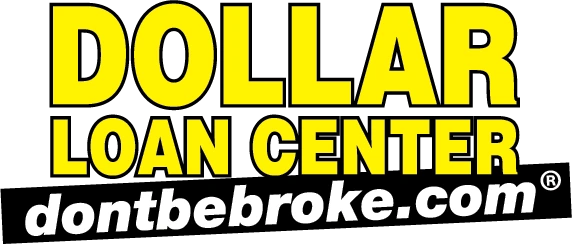With regards to your individual finances, 2014 might be your very best opportunity to make the most of low interest to get out of debt before it truly starts costing you.
Ever since the 2008 economic crisis, the Fed has made monthly bond purchases to keep rates extraordinarily low and encourage consumer spending and borrowing. With the economy on the mend, the Fed is already slowly pulling back on those purchases.
Long-term interest levels have increased pending the Fed’s decision, so there most likely will not be an immediate spike in home loan rates, that are already greater than a percentage point above last year’s historic lows. Still, prospective borrowers may even see home loan rates reach greater than 5% in 2014 since the economy will continue to strengthen.
However, many other consumer loans should remain inexpensive as they are associated with short-term rates, that the Fed has dedicated to keeping near zero.
Currently, charge cards are getting an average APR close to 15%. While borrowers with a bad credit score can face higher rates, probably the most creditworthy consumers continuously sees APRs in the single digits, all of which will receive 0% introductory offers as long as18 months.
The difference of a couple of percentage points makes a huge difference.
Suppose you decide to repay $5,000 of personal debt in a year. A card having a 10% APR would ultimately lead to $275 in charges on the $5,000. Should the rate of interest jump to 15%, the exact same payoff would require $416 in interest, an increase in excess of 50%.
Auto loans are likely to stay near record lows this coming year, with 3% to 4% offers continuing to be common.
Much like auto loans, many private student loan borrowers may continue to enjoy single-digit rates. However that does not mean they’ll remain there. Private student education loans are usually associated with the prime rate or the rate which banks give loans to other banks, called Libor.
That means it is a great time to pay for that student loan, as these loans usually carry adjustable rates that may jump when rates increase in future years.
There is however a disadvantage to low interest rates. It’ll be another aggravating year for savers. Savings accounts, money market accounts and short-term CD’s will continue to have average returns below 1%. An average savings account with deposits of $1,000, will earn under $1 in annual interest.
Five-year CDs, which presently possess typical earnings close to 0.8%, may offer higher rates later this year but returns will stay modest.


